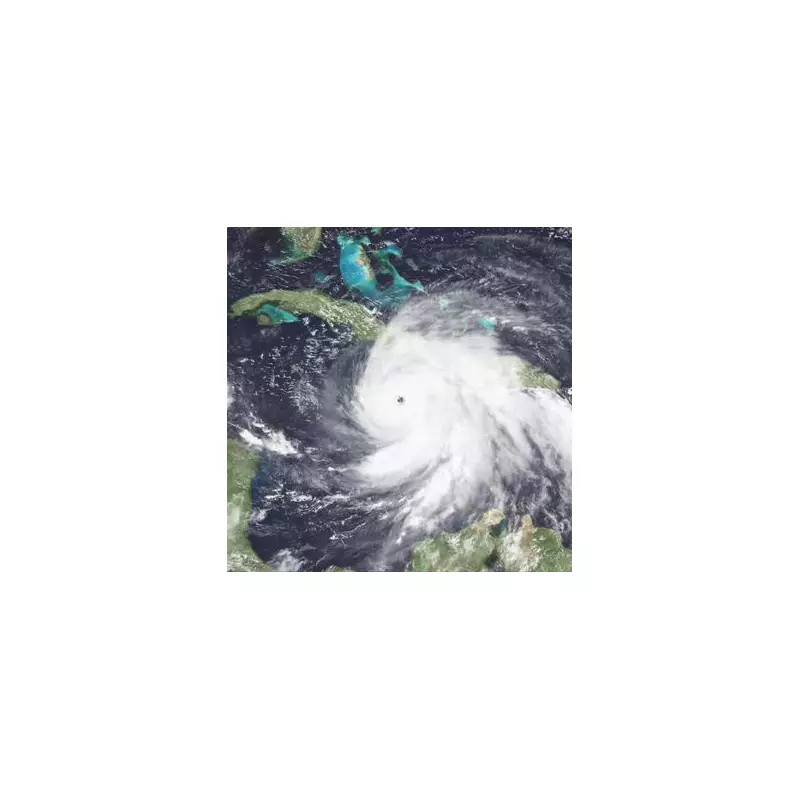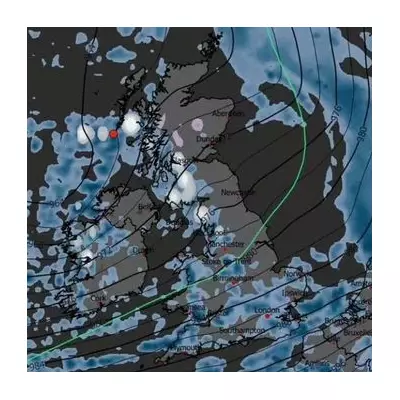
The Atlantic Ocean is brewing a meteorological nightmare as Hurricane Melissa undergoes explosive intensification, reaching catastrophic Category 5 status with winds accelerating to a devastating 160 miles per hour.
Rapid Escalation Sparks Emergency Response
Weather monitoring stations across the Atlantic are reporting alarming developments as Melissa transforms from a tropical disturbance into one of the most powerful storms recorded this season. Meteorologists at the National Hurricane Centre are describing the rapid intensification as "extremely dangerous" and "unprecedented" for this time of year.
Projected Path and Potential Impact Zones
Current tracking models indicate the hurricane maintaining its ferocious strength while moving across open waters. Although direct landfall remains uncertain, coastal communities are being urged to prepare for potential ripple effects including:
- Dangerous rip currents and coastal erosion
- Significant shipping and maritime disruptions
- Potential rainfall impacts on eastern territories
- Major flight cancellations and travel chaos
Why This Storm Stands Apart
What makes Hurricane Melissa particularly concerning to weather experts is the remarkable speed of its development. The storm achieved major hurricane status in less than 48 hours, catching many forecasting models off-guard and demonstrating the increasingly volatile nature of Atlantic weather systems.
Emergency preparedness officials are coordinating with international partners, emphasising that even areas outside the direct path should remain vigilant for secondary effects including powerful swells and unpredictable weather patterns.
Climate Connection Experts Can't Ignore
Climate scientists are closely monitoring Melissa's behaviour, noting that such rapid intensification events are becoming more frequent in warming oceans. The storm serves as a stark reminder of how changing climate conditions are influencing extreme weather phenomena worldwide.
Maritime authorities have issued widespread warnings to vessels across the central Atlantic, while airlines are preparing for potential route adjustments that could affect transatlantic travel in the coming days.





